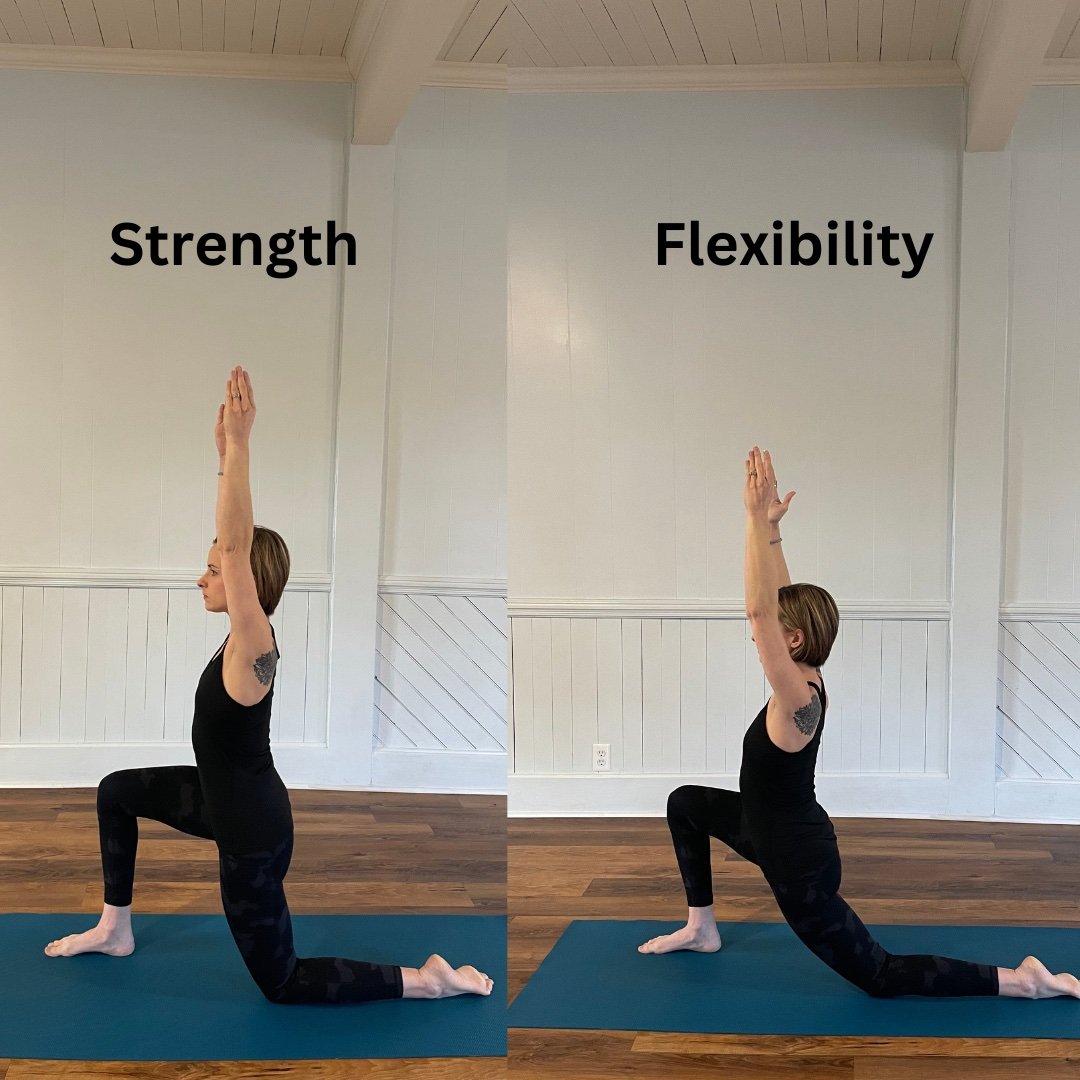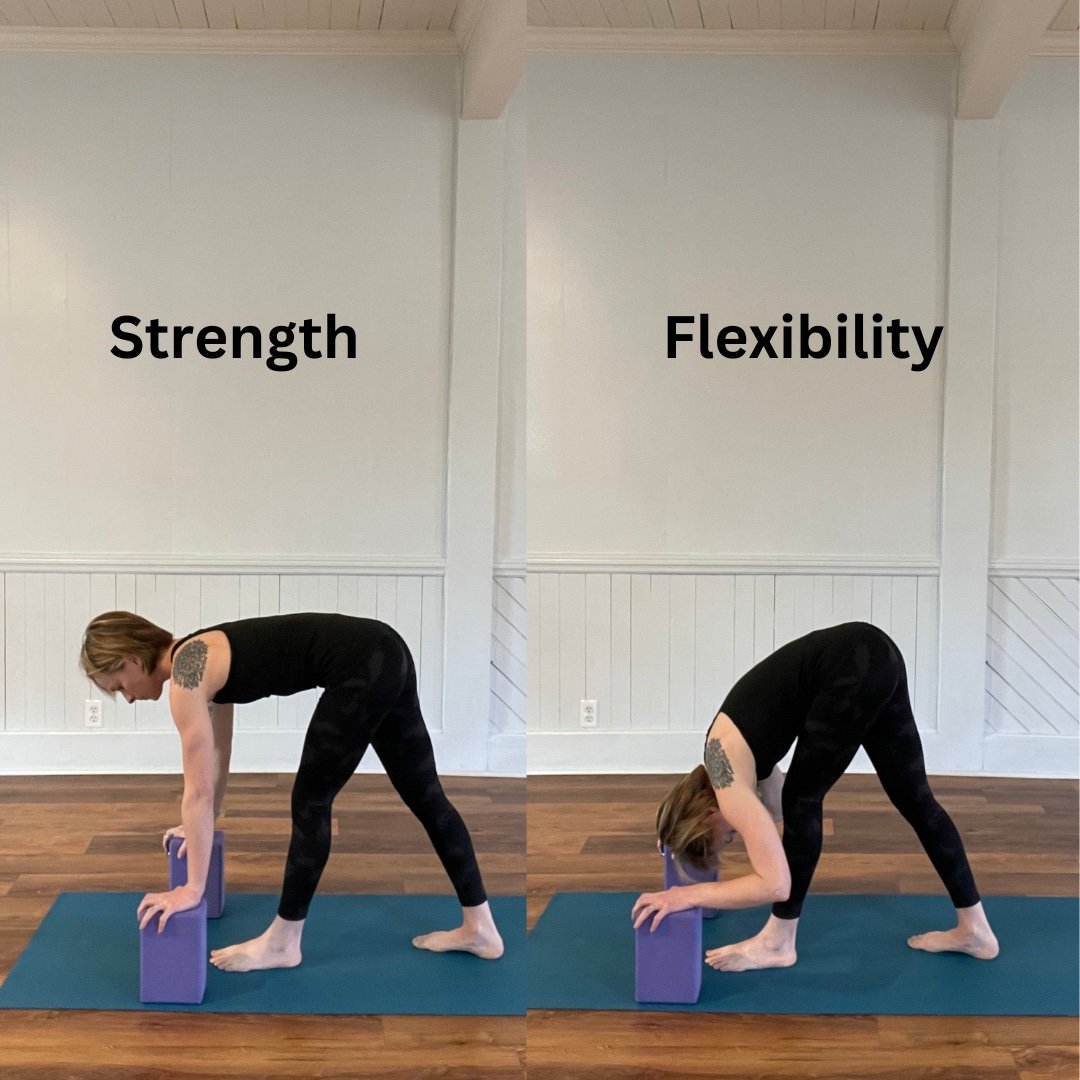Three Yoga Poses for Strength and Flexibility by Lisa Pigeon
Many people believe that one must be super flexible to do yoga, but that’s just not the case. Yoga can be practiced by anybody, no matter their level of flexibility because the practice is meant to create balance in the body. If a student is not particularly flexible, their practice will be centered around increasing flexibility. If a student is very flexible, they will need to approach the practice with the intention to build strength. The end goal is to strike a balance between strength and flexibility. There are multiple ways of approaching asana (poses) that accommodate every body type- from the strong and inflexible to the flexible and unstable, and everywhere in-between.
Here are 3 common asanas (poses) that encourage both strength and flexibility, depending on how they are approached. For the flexible among you, remember to ground down and engage. For the strong, let go. Everyone, breathe.
Low Lunge (Anjanayasana)
Low lunge is a posture that stretches the hip flexors and strengthens the core, glutes, and hamstrings. Proper alignment and engagement in this posture are imperative to maintaining the balance between strength and flexibility of the hips. Hips should remain square to the front of the mat, and the front knee stacked over the ankle. The strengthening aspect of this posture comes from grounding down through the front foot and back knee, and isometrically pulling them toward the midline. As flexibility increases, there will be more space between the back knee and the front foot.
Notice that the front knee is stacked over the ankle in both photos and the hips are square to the front of the mat.
Pigeon Pose (Eka Pada Raja Kapotasana)
Pigeon pose is a hip opener that stretches the hip flexors, lower back, hamstrings, psoas, and piriformis muscles. It can also strengthen these muscles when practiced with engagement. When focusing on flexibility, students should be encouraged to release into the posture, folding forward over the leg for maximum stretch. Students that are already highly flexible should be encouraged to remain upright and engage the muscles surrounding the hips to keep the pelvis lifted off of the floor and the spine extended.
Be sure that whichever variation of Pigeon Pose you practice that you keep your front foot flexed to protect the knee joint.
Pyramid Pose (Parsvottanasana)
Pyramid pose is a standing posture that stretches the low back, hamstrings, and glutes, while strengthening the quads and calves. Pressing down through the inner big toe mound of the front foot will encourage strength while folding deeply over the leg encourages flexibility.
To encourage strength in Pyramid pose remain halfway lifted and ground down through the feet.
At Yoga Garden PBO, our teachers know that strength and flexibility are both necessary for sustaining a healthy yoga practice that will last a lifetime.




